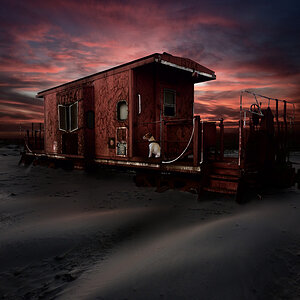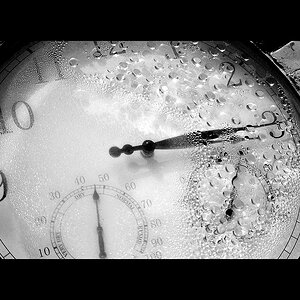Jon_Are
TPF Noob!
- Joined
- May 12, 2007
- Messages
- 655
- Reaction score
- 13
- Can others edit my Photos
- Photos NOT OK to edit
I'm in the early phases of reorganizing my photo files. Because I've been only shooting in RAW for less than a year now, I have some issues as to how I'm going to approach file management with multiple formats.
So, say I've shot, I dunno, a bachelor party in RAW (don't get excited, it's just an example :mrgreen . Then I edit the keepers into tiffs. Then I want to print some, so I convert them to high quality JPEGS. Then I want to post some online, so now I have some low quality JPEGS.
. Then I edit the keepers into tiffs. Then I want to print some, so I convert them to high quality JPEGS. Then I want to post some online, so now I have some low quality JPEGS.
This, to me, has the makings of an organizational nightmare. I could easily end up with four versions of the same image.
For filing purposes, do I keep ALL the images in one folder? Or, should I make a subfolder for each format? Any other ideas?
Will the various versions of each image remain grouped together within the folder? I'm trying to avoid having them scattered about, even within one folder.
If anyone has a simple, effective solution, I'd love to hear it.
Thanks!
Jon
So, say I've shot, I dunno, a bachelor party in RAW (don't get excited, it's just an example :mrgreen
This, to me, has the makings of an organizational nightmare. I could easily end up with four versions of the same image.
For filing purposes, do I keep ALL the images in one folder? Or, should I make a subfolder for each format? Any other ideas?
Will the various versions of each image remain grouped together within the folder? I'm trying to avoid having them scattered about, even within one folder.
If anyone has a simple, effective solution, I'd love to hear it.
Thanks!
Jon




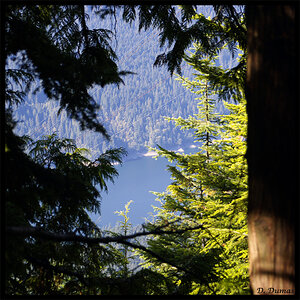
![[No title]](/data/xfmg/thumbnail/34/34698-b2d730db25fc800b9d7d5baf3d251239.jpg?1619736607)
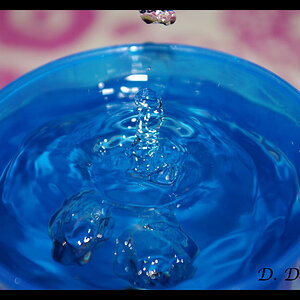
![[No title]](/data/xfmg/thumbnail/41/41899-007f14ae0d832ef200fd62eedc4da42e.jpg?1619739936)
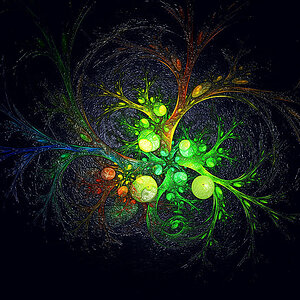
![[No title]](/data/xfmg/thumbnail/39/39419-5d4fd8535ab4f6e01caa38b72bf396e0.jpg?1619739023)
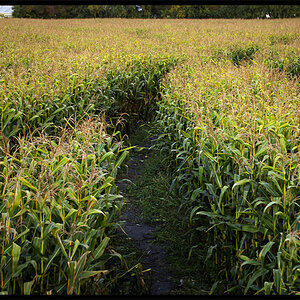

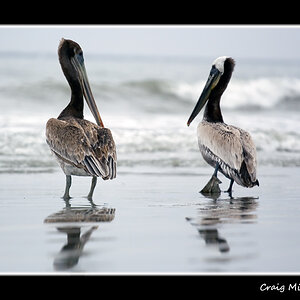
![[No title]](/data/xfmg/thumbnail/36/36644-d48bde7a35945a119c05c18e8c748c27.jpg?1619737671)
